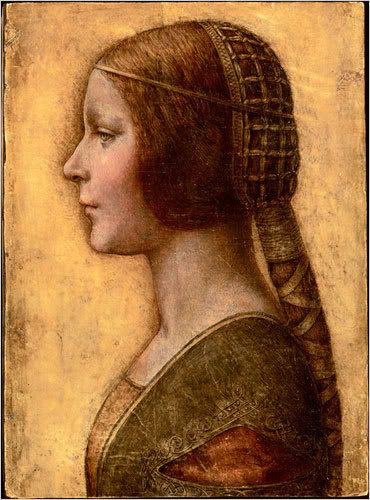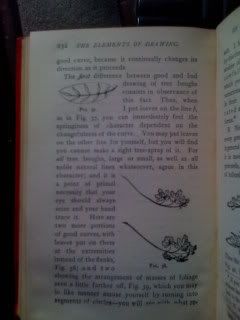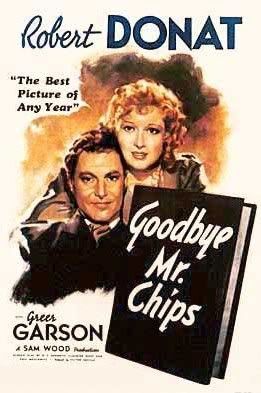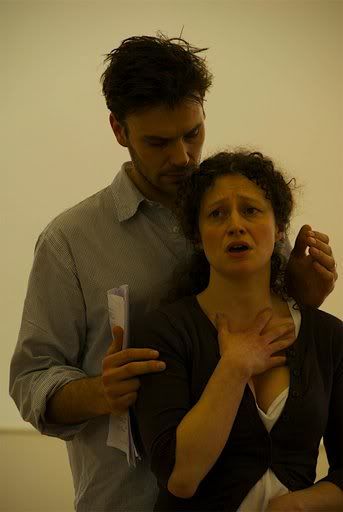It's amazing how wildly our preconceived notion of a place can differ from the way it is in reality. A friend of mine moved to Great Britain a while ago and was completely shocked at the wide gulf that separated literary England from contemporary England. She had expected the British to resemble characters from the novels in Jane Austen, and in reality, those she encountered bore a far more striking similarity to the cast of East Enders.
I still remember one of our first phone conversations after her arrival in Britain:
"Margaret, England is awful! I hate it here! I don't know what I was expecting, but I thought they would at least be well educated! But they all drink too much, have terrible grammar and bad manners and all they seem to care about is football!"
Unfortunately, my dear friend was expecting the England that most of us become familiar with through historical dramas--a pristine land teeming with Oxford-educated gentlemen: tee-totaling tea-drinkers, clad in argyle with better English than the Queen (I put this confusion down to watching too many episodes of Masterpiece Theatre and not enough soccer/football games!).
While journalist Sarah Lyall's The Anglo Files does little to dispel these myths (although she does examine the British love of alcoholic beverages--I'm still mystified as to how my friend came up with the idea that British people didn't drink), it serves as great entertainment for those who know to take it all with a grain of salt. As this New York Times Book Review suggests, some clichés run deep (for some reason I'm instantly reminded of Mireille Guiliano's French Women Don't Get Fat), and Anglo Files revels in some of the most worn out generalisations about British society. At least Lyall devotes a good portion of the book to examining the British obsession with sport.
Clichés are always a great deal of fun, but I recommend anyone planning a trip to England to temper some of their BBC-driven enthusiasm with a few episodes of East Enders and a Manchester United football game or two before concluding that Britons live in some sort of classy, tea-infused, time-warp bubble of aristocratic nostalgia. England is a lovely, very real place, and while Lyall's book promises to be a big hit with anglophiles, it's probably best to keep in mind that individuals, wherever they may live, rarely consent to being compartmentalised as easily as outsiders might hope.







